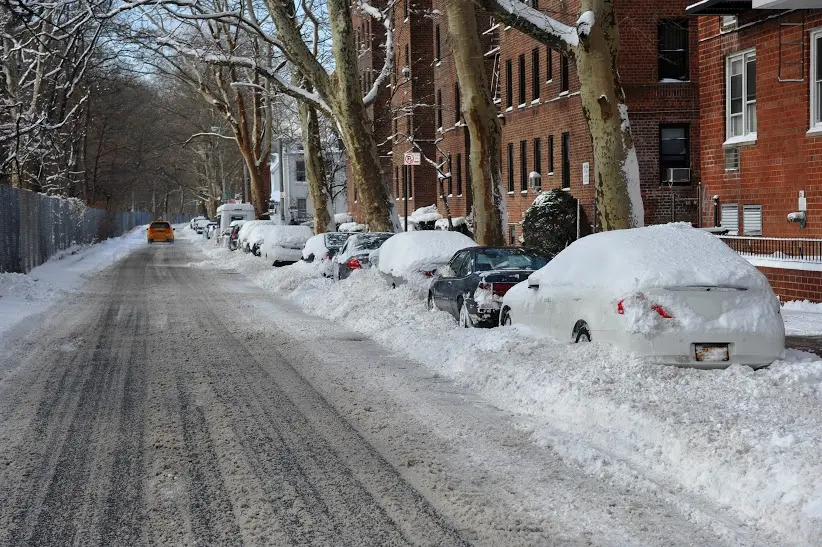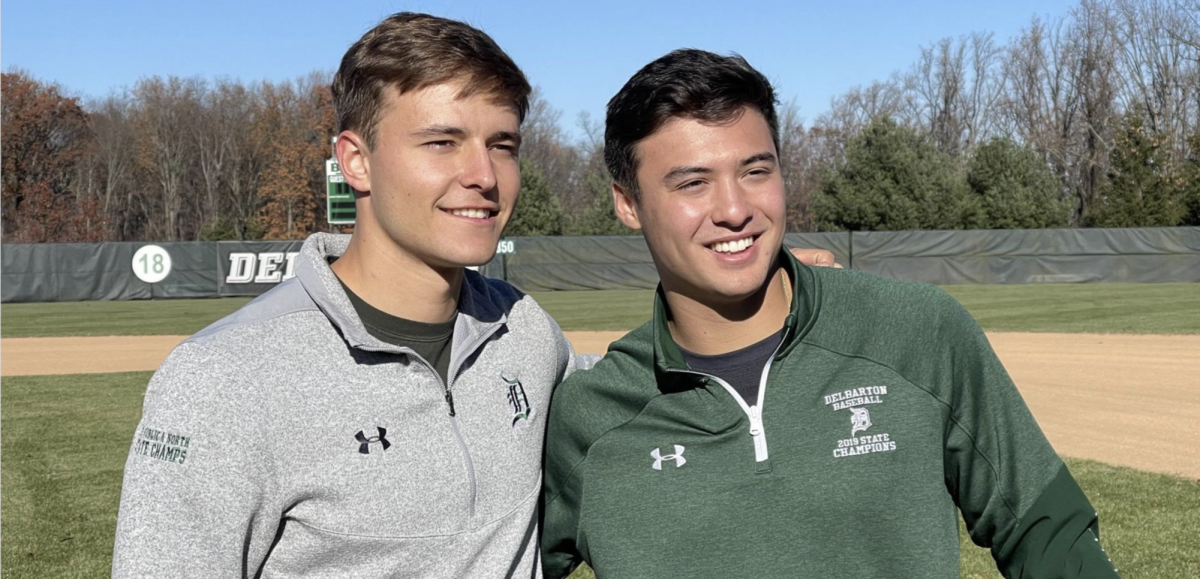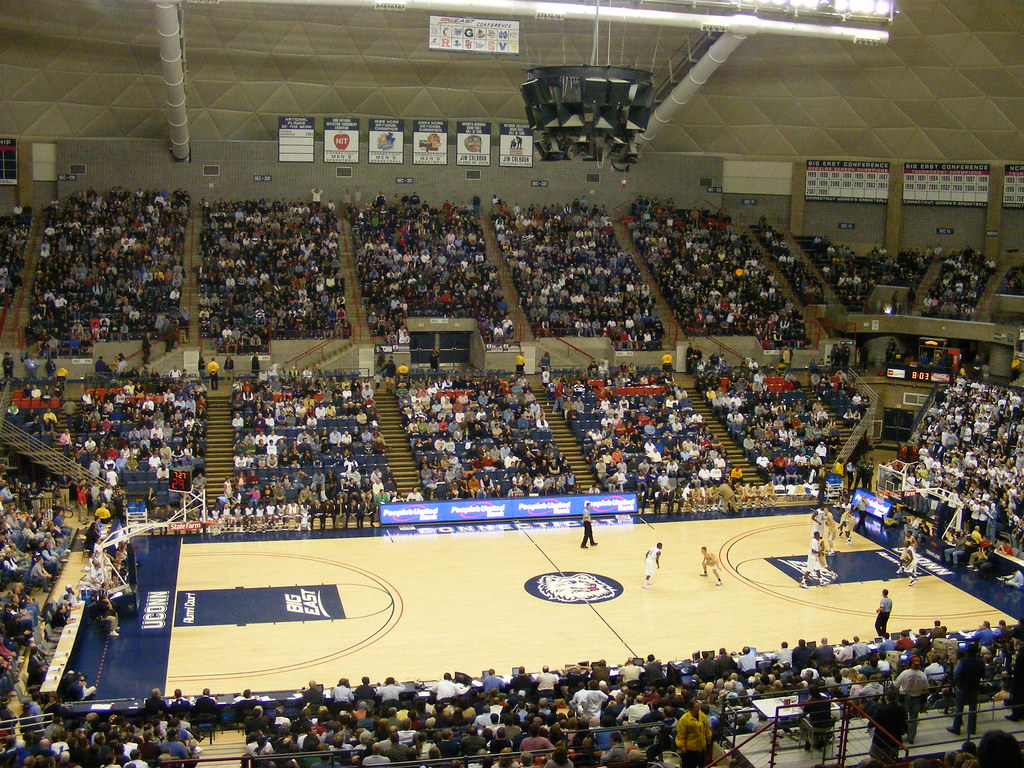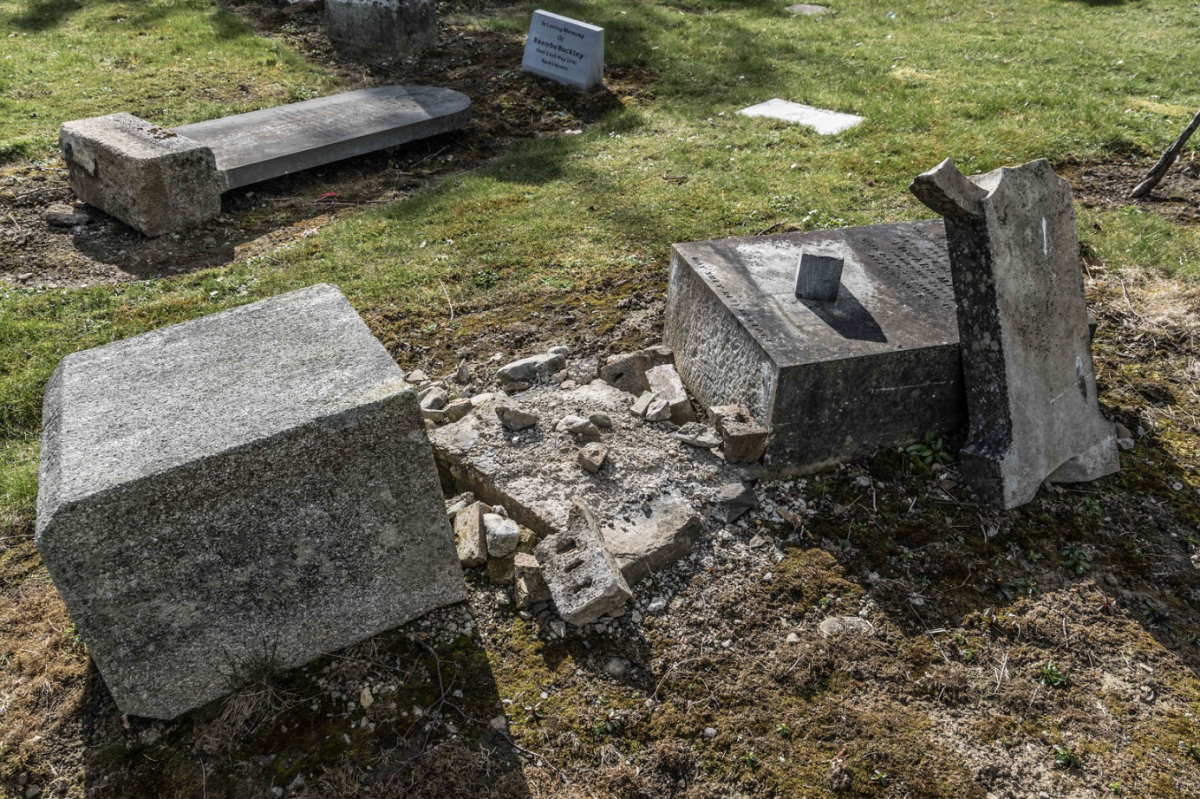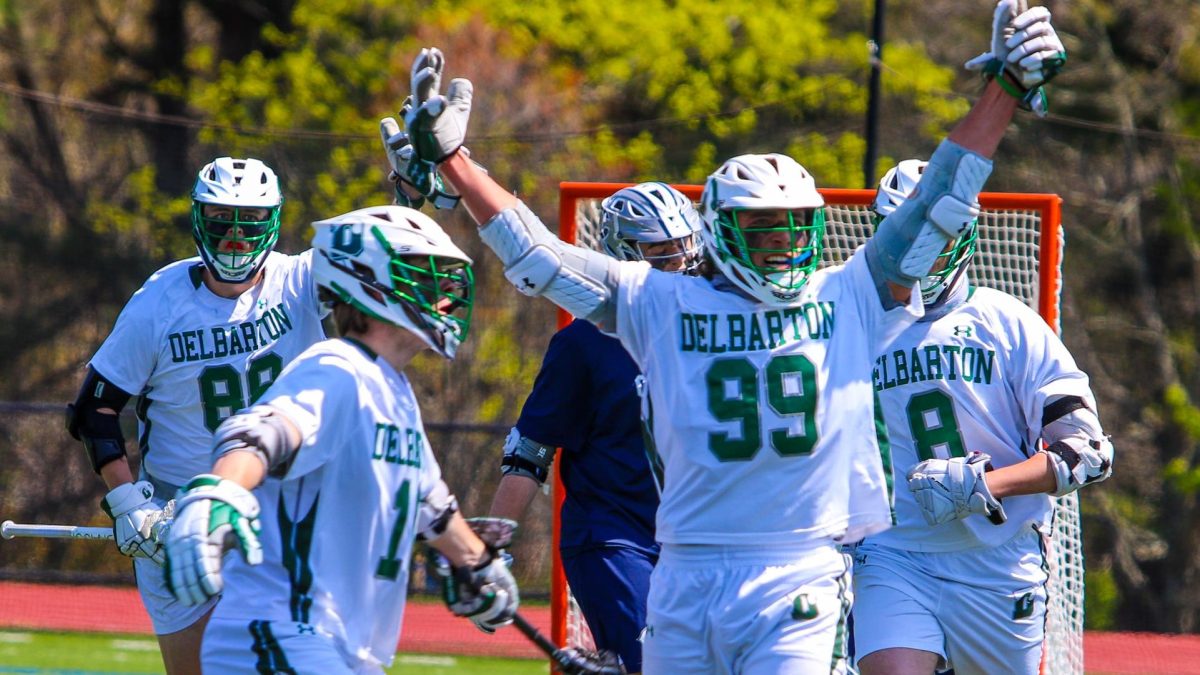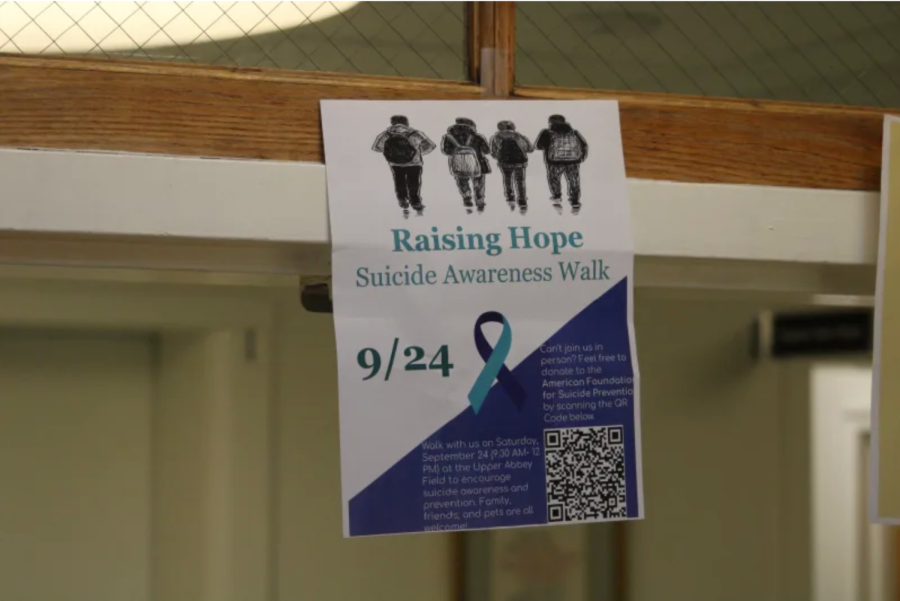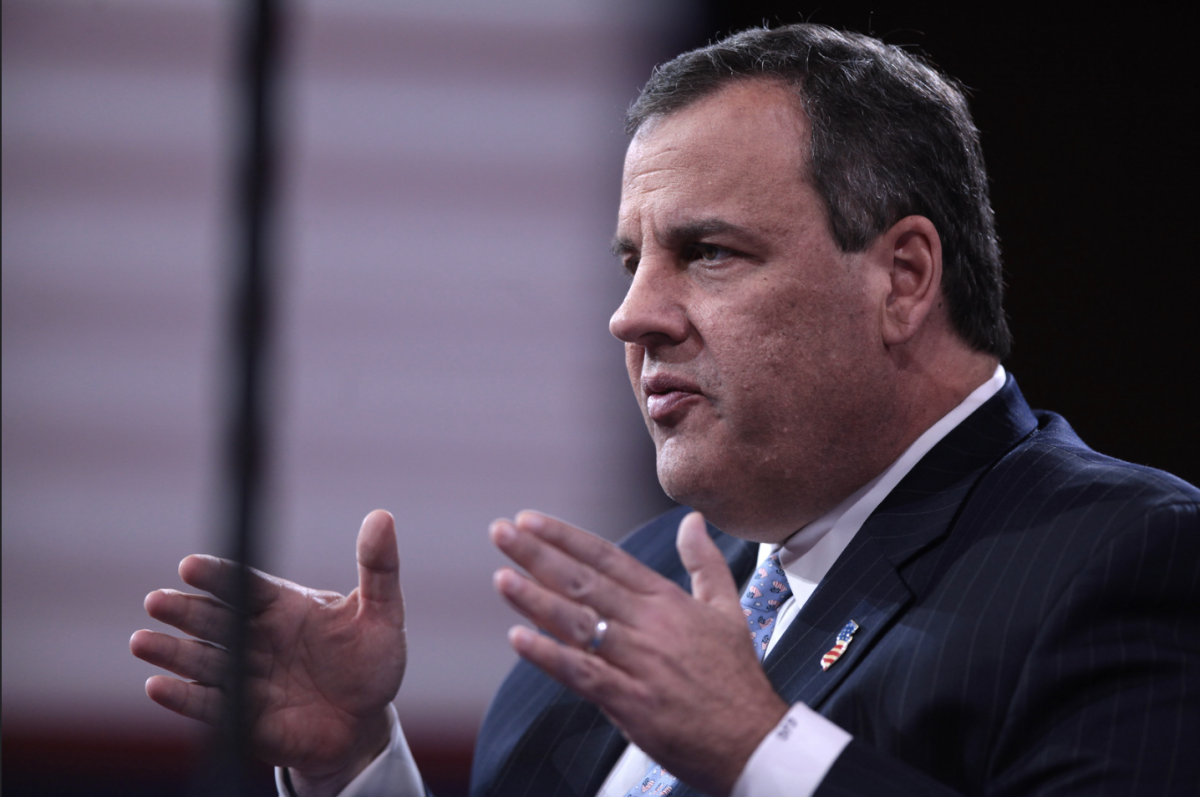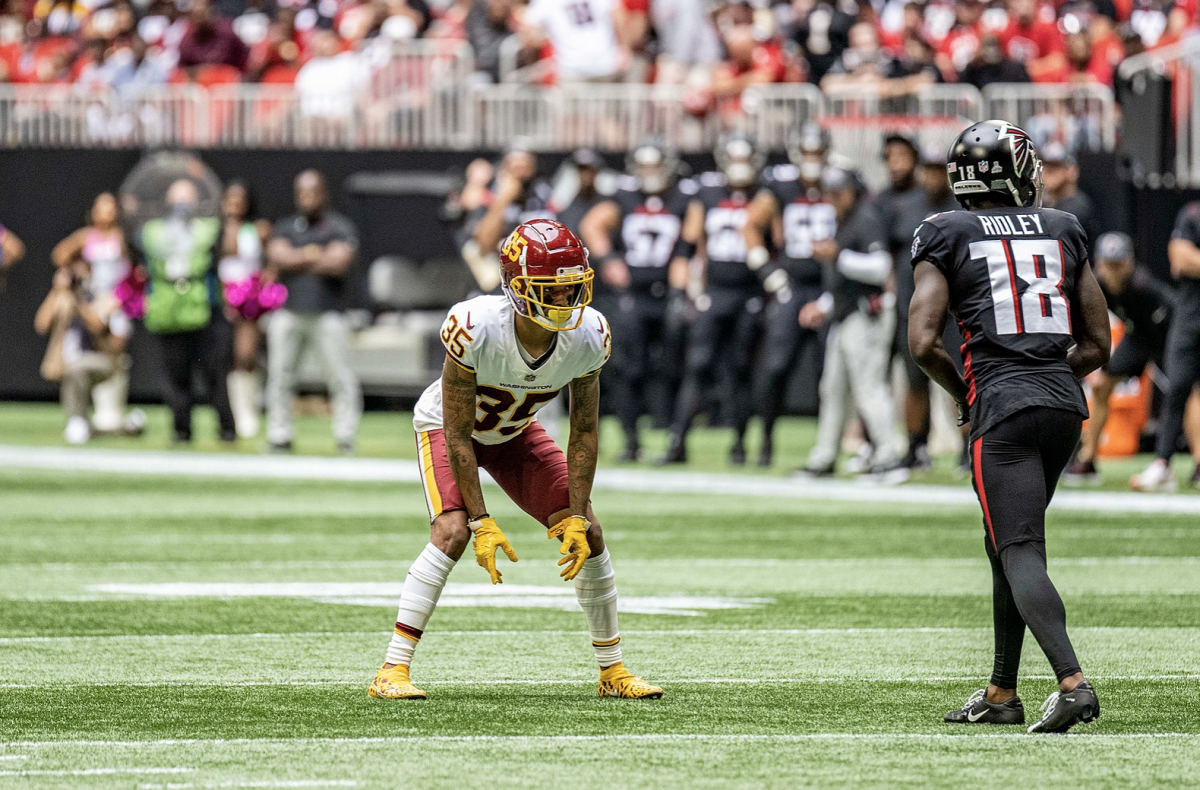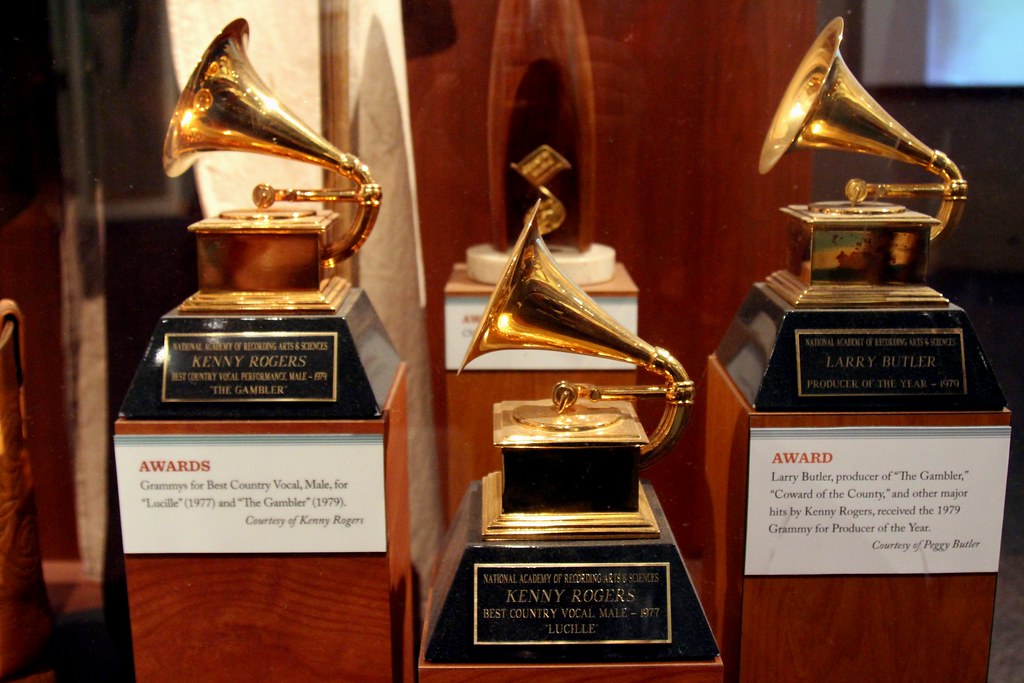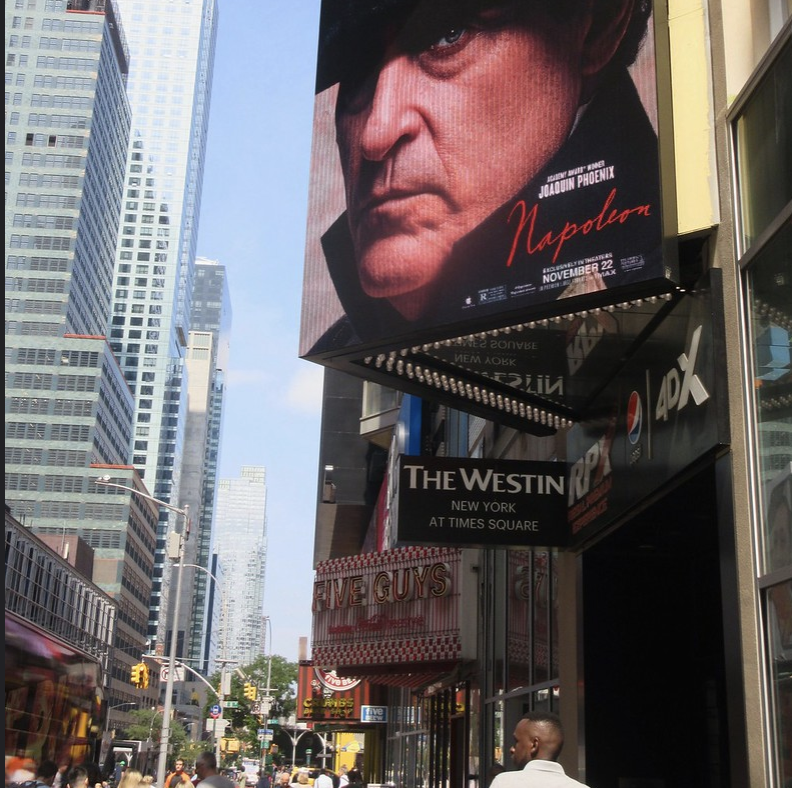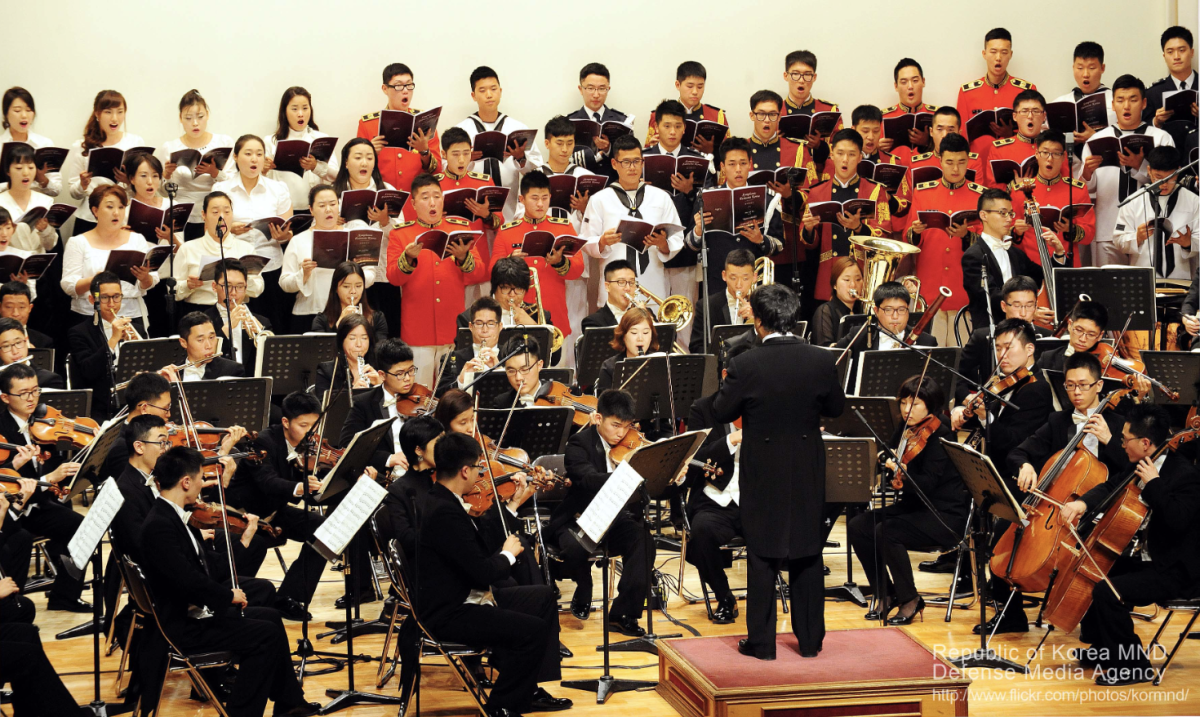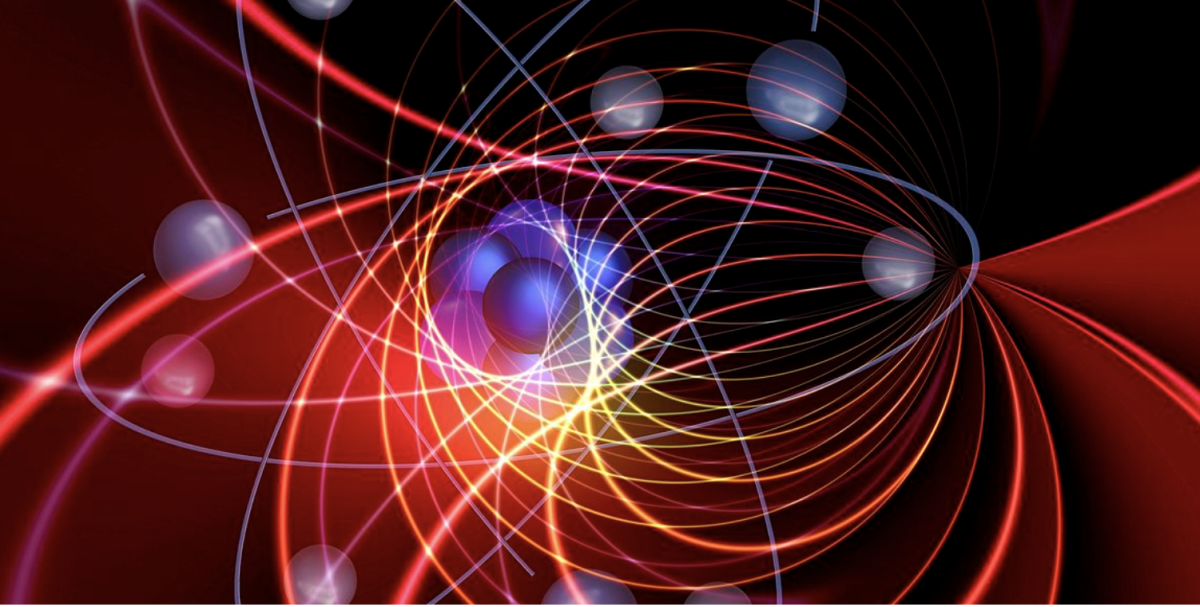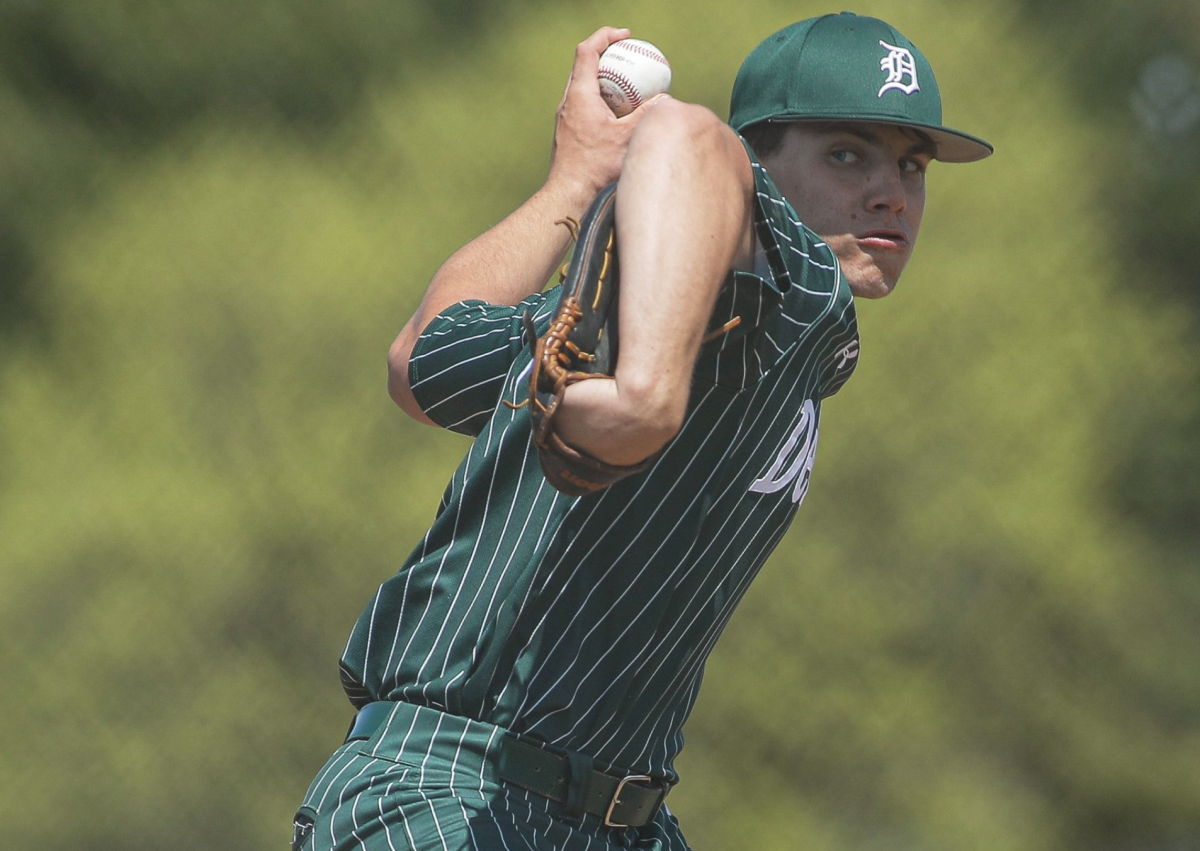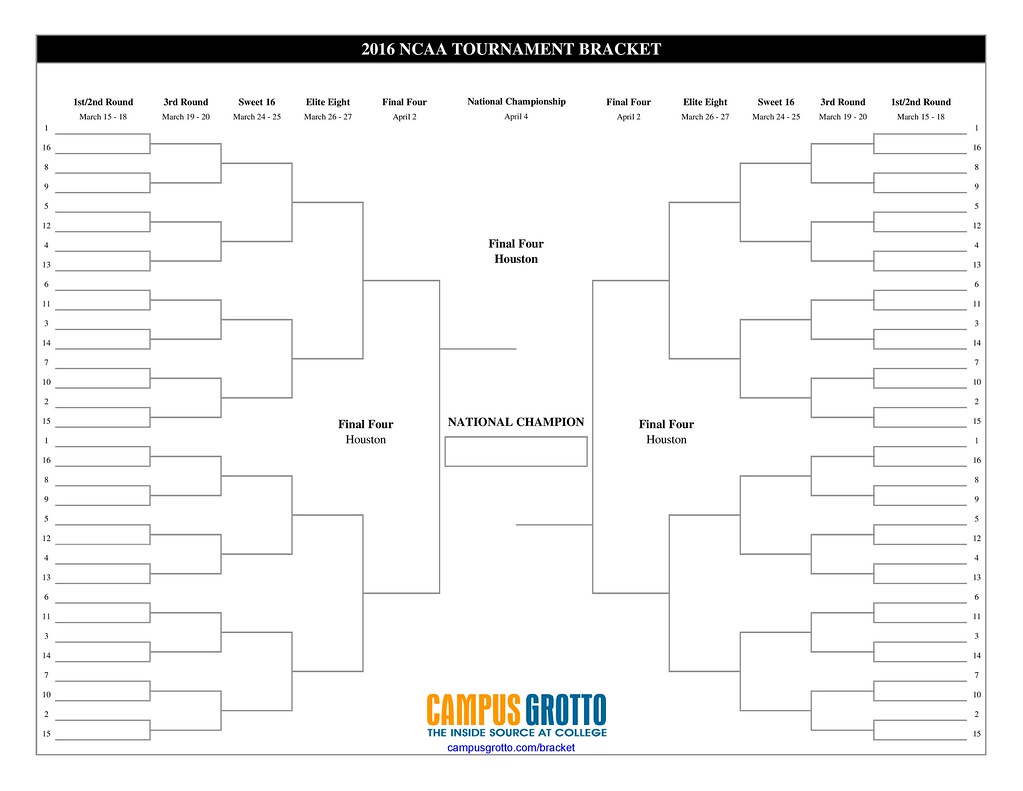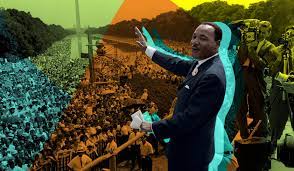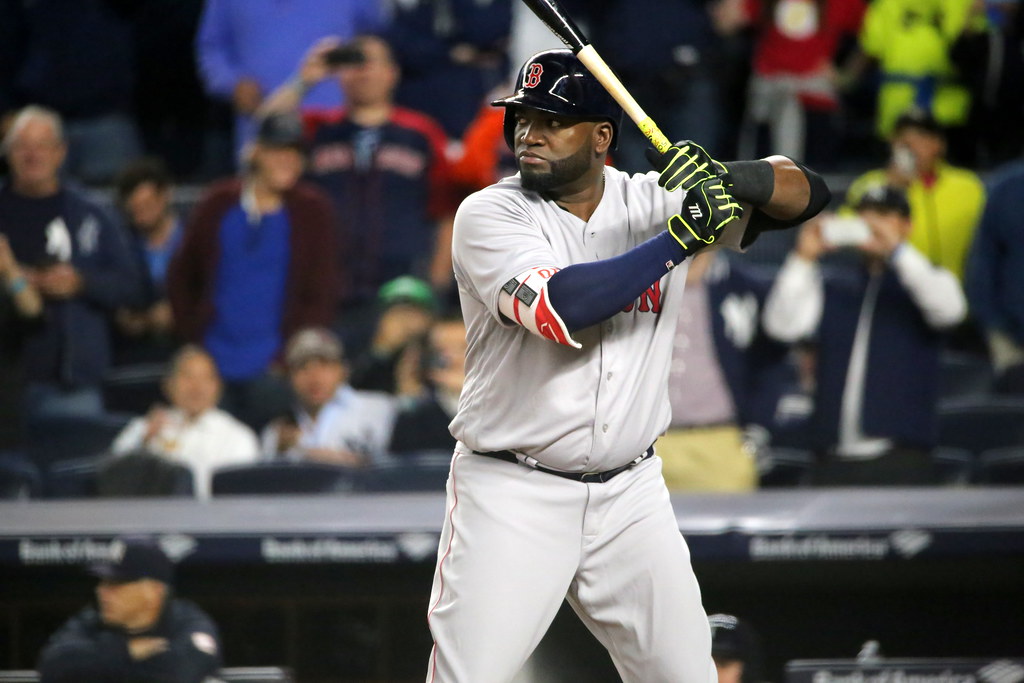Before the 1973 MLB season, both the American and National League played each game with eight hitters and one hitting pitcher. In the ‘73 season, however, the American League implemented a designated hitter, or DH, in an experiment that would replace the pitcher’s spot in the lineup with a more talented hitter who would not play the field in the game. There are many interpretations of why the AL adopted the rule, but it seems that injuries were a prime component of this decision. The AL theorized that instead of taking batting practice, pitchers would be able to focus on more conditioning and pitching-related activities to ensure they are ready to perform when their spot in the rotation arrives. Secondly, the AL believed a DH in each lineup would increase offensive production and make the batting order more challenging for the opposing pitcher to navigate. For example, pitchers would often walk the eight batter so that they could face the (weak-hitting) opposing pitcher instead. Assuming that the number eight hitter was at or near the league batting average of .254 in 1970, the pitcher should intentionally walk that batter to get to the pitcher in the nine-spot, who would rarely have a batting average over .150. The only exception was if the offensive team had loaded the bases or an abnormally talented hitting pitcher was hitting in the game.
The AL’s beliefs proved accurate, as analytics display that their runs per game had a higher median than the National League in eight straight seasons, from 2012-2019. In 2020, when COVID-19 shut down MLB until the summer, a universal DH rule was introduced to both the American and National Leagues for the first time. MLB’s explanation was similar to the AL’s in ‘73: the DH in both leagues would likely prevent injury and allow position players to get more consistent at-bats. Sure enough, the median runs scored in the NL in 2020, with the help of a DH on each team, was higher than that of the AL. When the NL tried to bring back the DH in 2021, MLB “rejected the proposal for a delay in the season that included the DH being used again in the NL.”
The exception to the DH rule in 2020 was reportedly merely for health and safety precautions surrounding the global pandemic. In the 2021 reversion, the runs per game by the AL, as expected, surpassed the NL. The data surrounding the universal DH suggested that there is indeed a relationship between a DH, offensive production, and injury. In 2022, after much discussion and contemplation, MLB agreed to implement a DH into both leagues permanently. MLB’s decision stemmed from the excitement factor more offense would bring to games that nmany felt were too slow-paced.
Similar to other significant rules decisions MLB has made, like increasing the base size and implementing a pitch clock, they hoped a DH in each lineup would bring some fans back to the ballpark. After all, MLB’s attendance in 2021 was the lowest since 1984, so needless to say, fans desired a level of excitement that they hadn’t seen recently.
Evidently, a universal DH makes the interleague games more competitive and brings each of the 30 teams in MLB nine exciting hitters rather than eight. Fans believe that the rule not only limits injuries but also provides opportunities for players who might not have played otherwise. For example, if the AL did not have a DH in the 2010’s, David Ortiz might not have been the player he became. “Big Papi” was famous because of his 245-pound frame and electrifying power, but he was not a very agile fielder. The DH role allowed him to focus on his craft and thrive as a power hitter.
Although the DH is overall good for the fans and their enjoyment of the game, everyone will miss special moments of pitchers having unexpected success. The most notable example was in 2016 when Bartolo Colon, a pitcher with a career batting average of .084, hit an unbelievable 365-foot, 97mph homerun. In the clip below of the historic moment, it is easy to hear the excitement in Gary Cohen’s voice when Bartolo Colon hits his first and only major league homerun. Although memories like these are memories of the past, the universal DH will provide fans an opportunity to watch more thrilling, high-scoring affairs. This rule will allow the baseball world to see DHs unload and blast home runs with extreme power and mass that position players usually can’t afford to have. Below is, of course, Colon’s majestic homerun, as well as two incredible DH moments of baseball history from David Ortiz and, most recently, Yordon Álverez.
Bartolo Colon: https://www.youtube.com/watch?v=OVFsq9FQBlc
David Ortiz: https://www.youtube.com/watch?v=HJyxzaLNlNw
Yordon Álverez: https://www.youtube.com/watch?v=045CPRMFnVo

